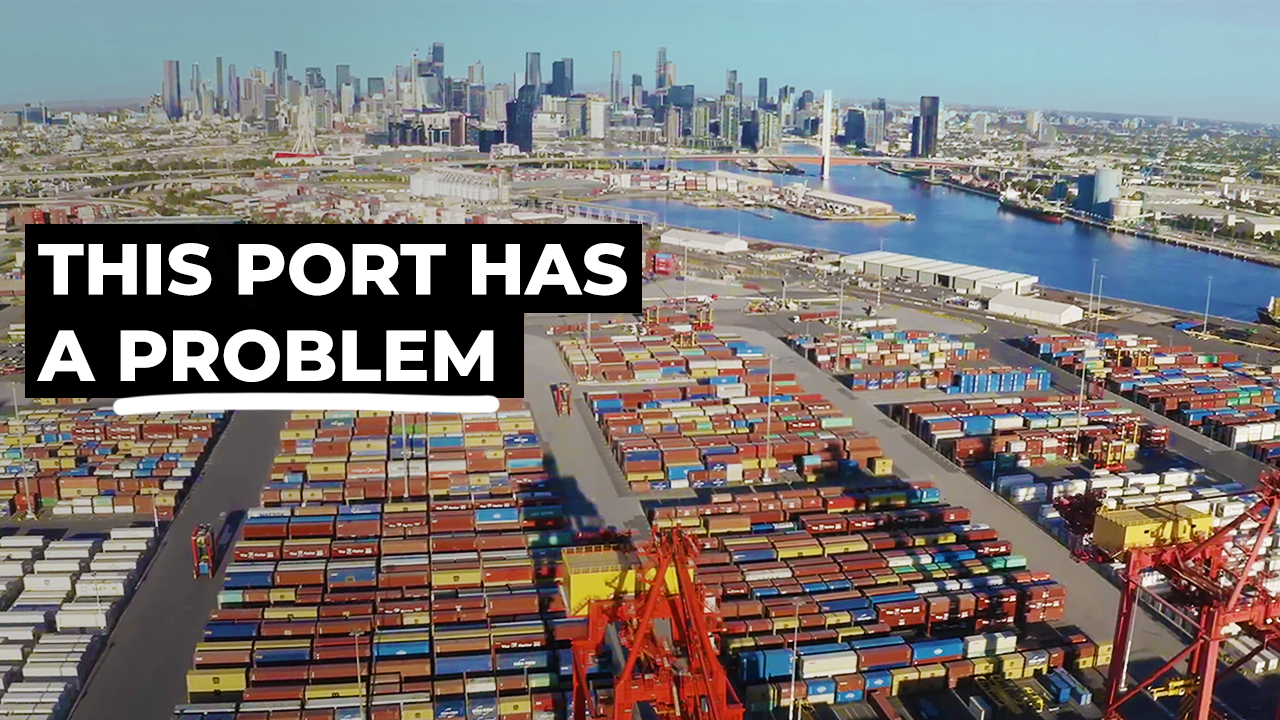London Euston Reimagined with 3D-Printed Canopy
- Youtube Views 4,315 VIDEO VIEWS
STUDENTS from University College London’s (UCL) Bartlett School of Architecture have reimagined London’s Euston Station with a new type of material made from 3D-printed recycled plastic.
Called “Metaplas”, the material has been designed by the students themselves and makes use of biodegradable and recyclable thermoplastics.
Applying the material to Euston Station as a virtual case study, the students have created a complex structural system with geometric folds that also allows for the passive control of interior lighting in the station.
The material is made from two types of recyclable thermoplastics: rigid PLA (polylactic acid) and flexible filament TPU (thermoplastic polyurethane).

Above: The students have reimagined the London station with brightly coloured recycled plastics. Images courtesy of the Metaplas Project.
It's then 3D-printed flat and - through an integrated system of patterns - is transformed into a customisable three-dimensional object.
"Bending was enhanced as a geometric tool through a custom process, which involves structural analysis prior to bending. Areas that require more structure are the densest in bends, while areas that are inherently structural are scarcer,” the team explains in their final portfolio.
These plastics change colour as the temperature changes, allowing for appropriate shifts in interior lighting as the day progresses while also providing a sense of direction throughout the space.
Metaplas is also both environmentally and economically friendly. Thermoplastics for Euston Station were sourced within a defined radius from the site and strategically chosen for their benefit to the local economy.

Above and Below: The plastics change colour in response to temperature while providing a sense of direction throughout the station. Images courtesy of the Metaplas Project

In the face of a skills crisis and the need to build structures more efficiently, 3D-printing has ignited interest across the architecture and construction sectors in recent years. Many are drawn by the potential to cut waste and costs, shorten build times, and reduce the amount of labour required on site.
But the technology has proven elusive, with many prototypes struggling to be viable for mass production.
However, recent efforts, like that from Bartlett School and the first ever fully certified 3D-printed home in Germany, indicate that specialists are steadily moving closer to real world applications.








